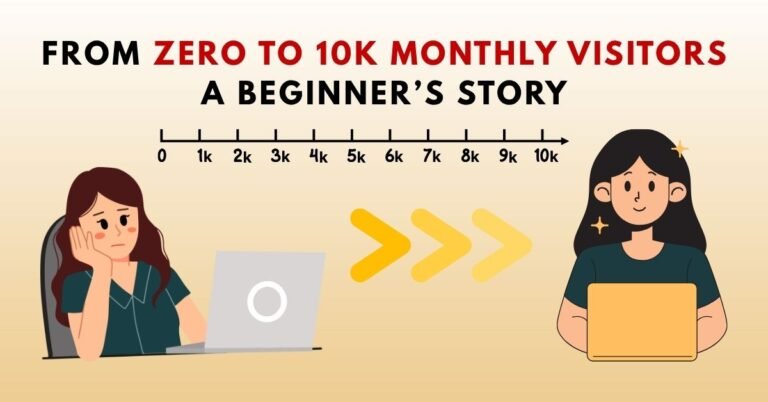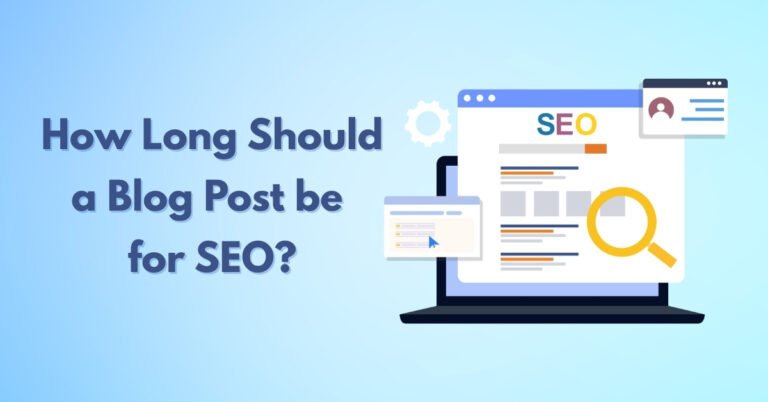Having a slow WordPress blog is one of the fastest ways to lose visitors — and rankings. If your blog takes more than a few seconds to load, chances are, your visitors are clicking away before they even read a word. But the good news is, speeding up your WordPress site is easier than you think — even if you’re a complete beginner.
In this ultimate guide, you’ll learn step-by-step methods to dramatically boost your blog’s speed, enhance user experience, and win over search engines like Google. Whether you’re just launching your blog or already have content up and running, this guide is tailored for beginner bloggers using WordPress.
Why Site Speed Matters for Bloggers
Before we dive into the “how,” let’s first understand why speeding up your WordPress blog is so crucial:
- Better SEO rankings (Google uses site speed as a ranking factor)
- Higher visitor engagement and lower bounce rates
- Improved mobile user experience
- Increased conversions (email sign-ups, product sales, etc.)
According to Google, a 1-second delay in page load time can reduce conversions by 7%.
Test Your Current Blog Speed
Before you can improve your blog’s speed, you need to know how it’s currently performing.
Free Tools to Test Speed:
These tools give you detailed insights and a performance grade.
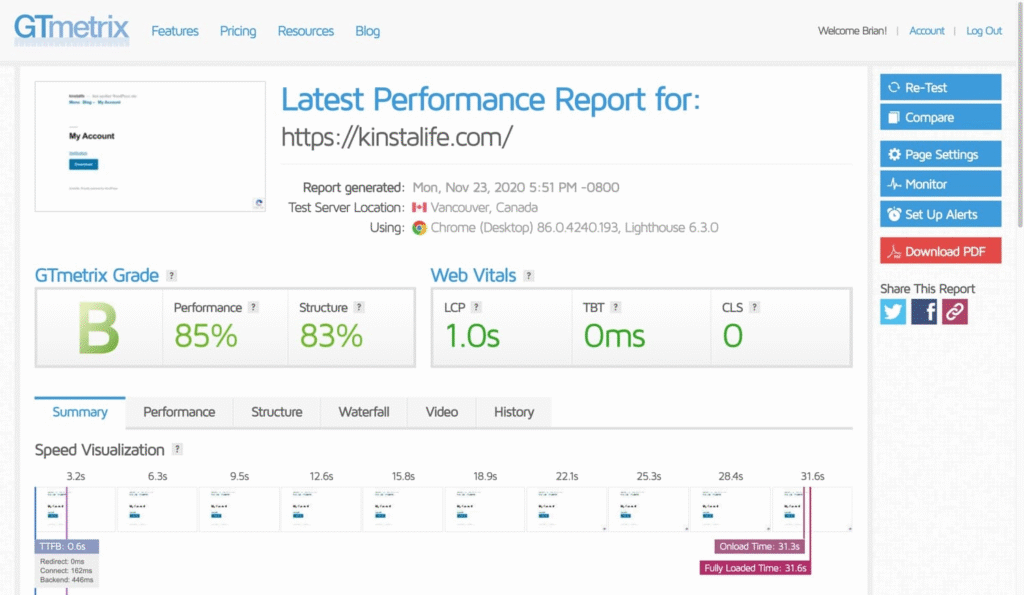
Choose a Fast WordPress Hosting Provider
Your hosting provider is the foundation of your website’s speed. Cheap shared hosting often causes lag and downtime.
Recommended Hosting for Beginners:
- Hostinger – Affordable and beginner-friendly
- SiteGround – Excellent speed and support
- Cloudways – For those ready to scale
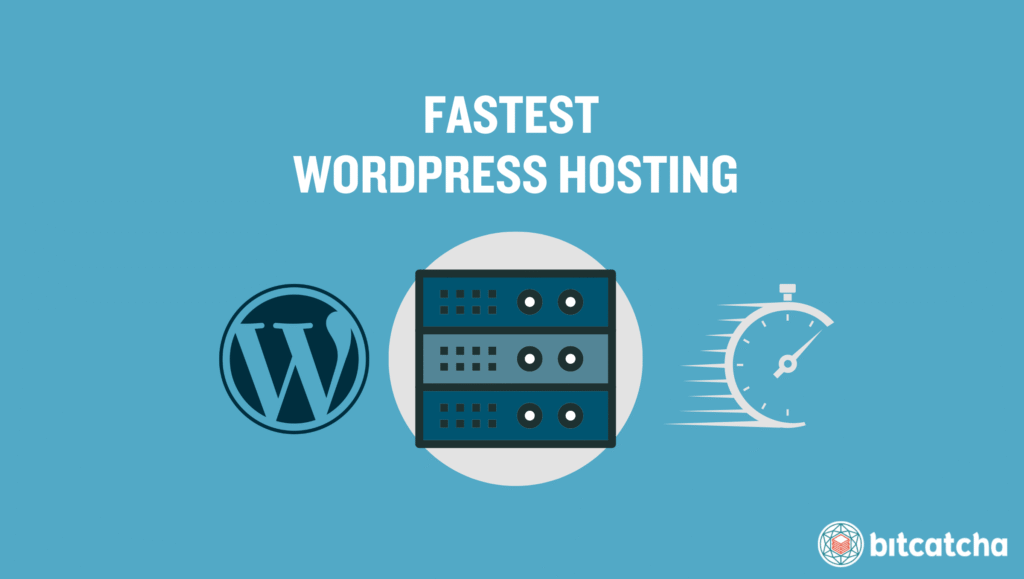
Use a Lightweight WordPress Theme
Bloated themes slow down your site. Choose a fast, responsive, and SEO-optimized theme.
Fast Themes to Consider:
- Astra
- GeneratePress
- Neve
- Kadence
Tip: Always use a theme that’s updated regularly and compatible with performance plugins.

Install a Caching Plugin
Caching plugins store a static version of your website and reduce load times drastically.
Top Caching Plugins:
- WP Rocket (premium but powerful)
- W3 Total Cache (free and feature-rich)
- LiteSpeed Cache (great for LiteSpeed servers)
Steps:
- Install and activate the plugin
- Enable page and browser caching
- Minify HTML, CSS, and JS files
Optimize Your Images
Large images = slow pages. You must compress and resize them before uploading.
Image Optimization Tools:
- TinyPNG or ImageOptim (for manual compression)
- ShortPixel or Smush (automated WordPress plugins)
Use next-gen formats like WebP for best results.

Use a Content Delivery Network (CDN)
A CDN distributes your site’s static content across global servers, reducing latency for users worldwide.
Popular CDNs:
- Cloudflare (free plan available)
- BunnyCDN
- KeyCDN
Bonus: Cloudflare also adds extra security and DDoS protection.
7. Limit WordPress Plugins
Too many plugins = slower site + security risk.
Tips:
- Only keep essential plugins
- Regularly deactivate and delete unused ones
- Avoid overlapping functionalities (e.g., two SEO plugins)
Enable Lazy Loading
Lazy loading defers the loading of images and videos until they’re needed (i.e., when scrolled into view).
You can enable this using:
- Native WordPress Lazy Load (since WP 5.5+)
- LiteSpeed Cache or Smush plugin settings
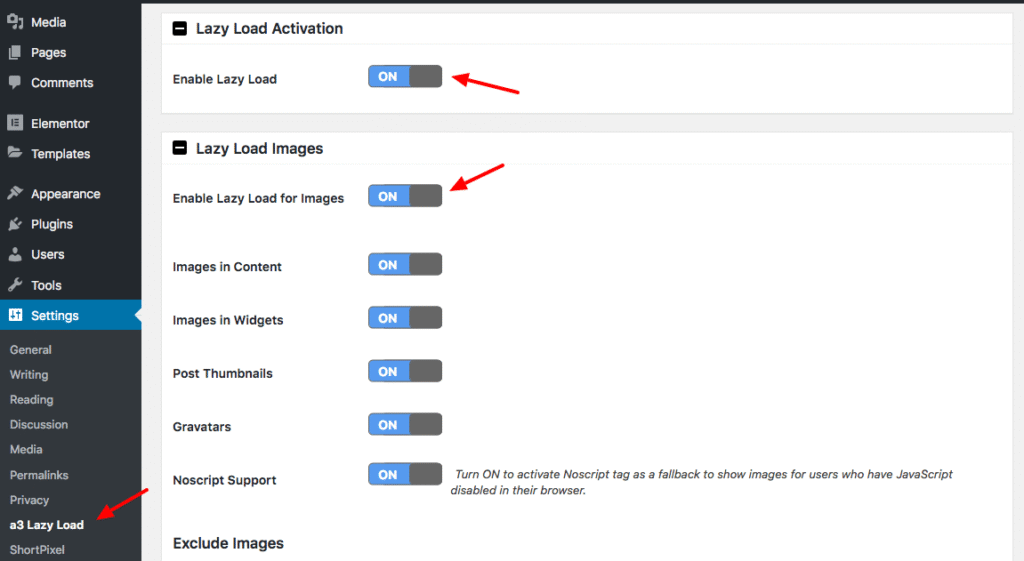
Minimize External Scripts
Third-party scripts (like ads, font libraries, widgets) can drastically affect load speed.
Solutions:
- Host fonts locally
- Remove unused third-party tools
- Load scripts asynchronously
Optimize Your WordPress Database
Over time, your database gets cluttered with revisions, spam, and overhead.
Use Plugins Like:
- WP-Optimize
- Advanced Database Cleaner
Schedule regular cleanups to keep things running smoothly.
Disable Pingbacks and Trackbacks
These are outdated features that only slow down your site and can cause spam.
Go to:
Settings → Discussion → Uncheck “Allow link notifications from other blogs (pingbacks and trackbacks)”
Update Everything Regularly
Outdated themes, plugins, or WordPress core can introduce speed issues and security vulnerabilities.
What to Keep Updated:
- WordPress Core
- Themes
- Plugins
Always back up your blog before major updates.
Use GZIP Compression
GZIP reduces the size of files sent from your server to your visitors.
Enable it via:
- Caching plugin (e.g., WP Rocket, W3 Total Cache)
- Hosting provider settings
Disable Unused WordPress Features
Features like emojis, embeds, and dashicons can be disabled to reduce bloat. Use Asset CleanUp or Perfmatters plugins.
Use Premium DNS (Optional)
For serious bloggers, upgrading your DNS (like Cloudflare Pro or Google DNS) can further reduce load time.
Final Speed Optimization Checklist
Here’s a quick checklist to help you audit your blog’s speed regularly:
- ✅ Fast hosting
- ✅ Lightweight theme
- ✅ Caching enabled
- ✅ Images optimized
- ✅ CDN active
- ✅ Lazy loading
- ✅ Plugin control
- ✅ Database cleaned
- ✅ Updated site
- ✅ External scripts minimized
[FAQ Section]
Yes, especially if the plugins are poorly coded or duplicate functionalities. Use only what’s essential.
Use tools like Query Monitor or temporarily disable plugins one by one and retest your site speed.
Final Thoughts: Speed Up for Success
A fast-loading blog isn’t just about better SEO — it’s about creating a seamless, frustration-free experience for your readers. As a beginner, implementing just a few of these tips will already set your blog apart from the rest.
Start with the easy wins — choose good hosting, compress your images, install a caching plugin — and build from there. Remember, you don’t need to be a tech expert to run a fast blog. You just need the right steps and tools — and now you have them.

